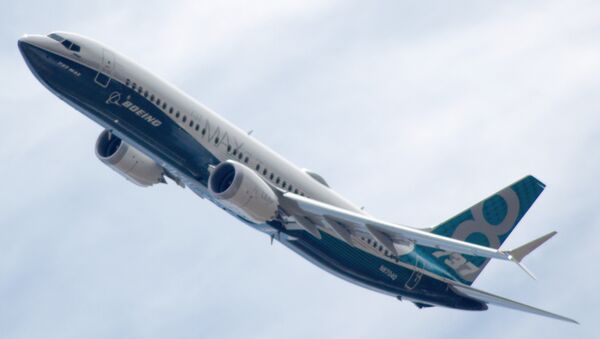"It's really business as usual," Schiavo told Radio Sputnik's Loud & Clear on Thursday. "The Federal Aviation Administration usually relies on Boeing to tell it things…. In these two crashes it became apparent that Boeing wasn't telling them everything that the FAA needed to know… and the FAA did not proactively go and ask questions."
In the past several months, two Boeing 737 Max 8 airplanes crashed under similar circumstances, plummeting downward shortly after takeoff. One crash took place in October 2018 in Indonesia, the other in Ethiopia just last weekend. There were no survivors from either flight.
Both planes were fitted with the Maneuvering Characteristics Augmentation System (MCAS), a newly upgraded system designed to push the nose of the plane down should the aircraft get to an altitude that would cause it to suddenly stall. MCAS has been largely blamed for playing a role in the October crash, and it has been speculated that it also was a factor in the latest accident; however, black box data from the Ethiopian Airlines flight is still being reviewed.
Schiavo, who is also an aviation attorney and professor, explained to hosts Brian Becker and John Kiriakou that Boeing developed the MCAS system after discovering that the nose of its newest plane had a habit of pitching upwards.
However, while the new system might've solved one issue, it created another.
"Based on certain readings from inside the cockpit the nose would pitch down, and if nothing happened when the pilots pulled it back up, it would keep pitching down until it's full nose down, and you can't recover from that," Schiavo said. "The beefiest pilots in the world don't have the ability to fight the plane once it's full-trimmed down."
It also didn't help that it wasn't until after the Indonesian Lion Air crash in October 2018 that many pilots were given a checklist to follow in the event that they experienced the system's drawbacks, the aviation expert noted.




